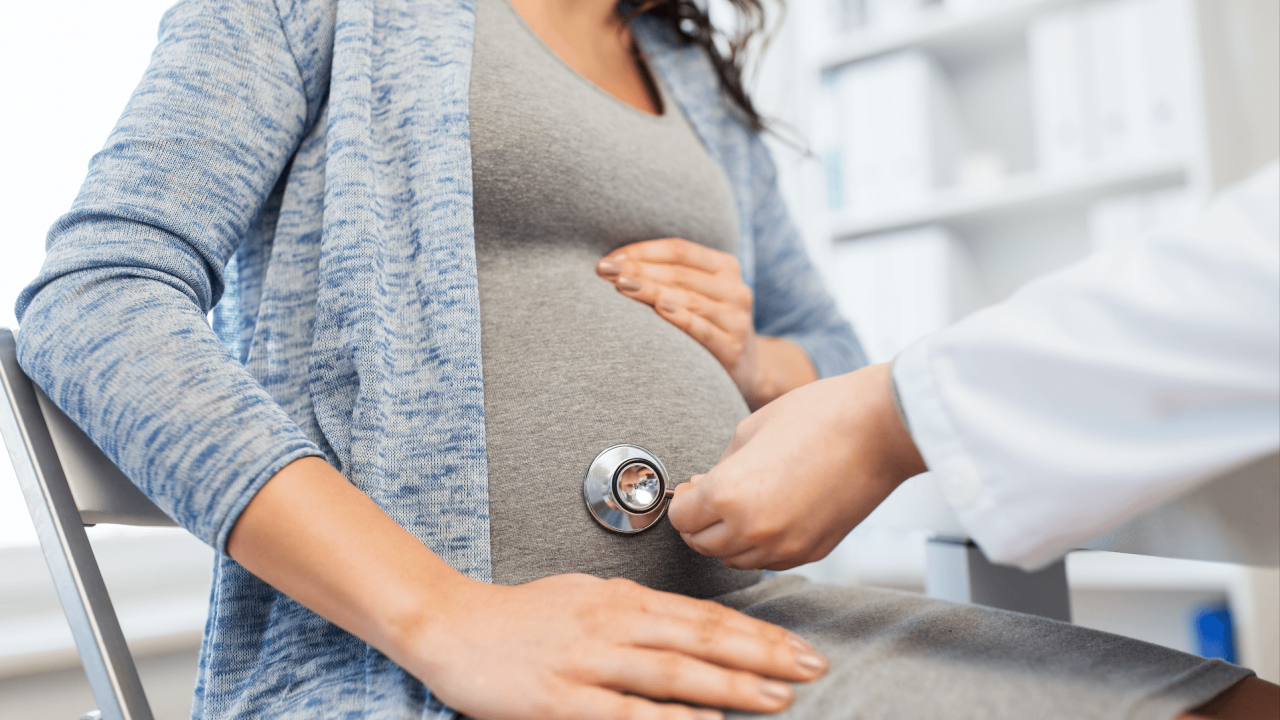
If you’re pregnant, or trying to become pregnant, it’s likely you’re considering how to limit your exposure to toxic chemicals. After all, you no longer have just your health to think about, you also have that of your future child.
Pollution of our body begins even before we’re even born, through the placenta and umbilical cord. EWG’s 2009 landmark study, which tested the cord blood of 10 babies, found that every one of them was polluted with harmful chemicals.
Californians won’t have to worry much longer about these chemicals. The Toxic-Free Cosmetics Act – the first state ban in the nation of 24 toxic cosmetics and personal care product ingredients, all of which are already prohibited from cosmetics in the European Union – was signed into law by Gov. Gavin Newsom last month. But for now, the rest of the country – and particularly pregnant women – must continue to worry about the ingredients in the products they use, despite mounting evidence of their health harms.
Five of these are endocrine disruptors, among the most concerning groups of toxic chemicals for pregnant women. They are known to cause a range of health harms: They can increase and decrease production of certain hormones, imitate hormones, change one hormone into another, interfere with hormone signaling, tell cells to die prematurely, compete with essential nutrients, bind to essential hormones and accumulate in organs that produce hormones.
These chemicals can be especially problematic during pregnancy. Because hormones are particularly active during that period, since they guide the growth and development of the fetus, changes to their proper functioning can affect its development.
Yet endocrine disruptors are commonly found in consumer products and our environment. We may not have control over all of the sources of these chemicals, but one of the easiest ways to lessen exposure is to avoid them in personal care products.
Here are five endocrine disruptors with the potential to cause harm to the developing fetus, and how to avoid them.
Lead
Most of us are aware of the dangers of lead exposure through drinking water and lead paint, but may not know about the potential for exposure through the mineral pigments used to color some makeup, such as lipstick and other pigmented products. Yet companies are not required to disclose whether their products contain lead.
There is no safe level of lead exposure. Even in small quantities, lead can harm the brain and nervous system. And it is especially dangerous for pregnant women: Studies have shown lead can pass from the mother’s blood into the placenta and can cause permanent damage to the brain of the developing fetus. Babies exposed to higher levels may develop learning, language and behavioral problems.
Mercury
Mercury is another harmful toxic metal. In adults, exposure can lead to kidney damage, rashes, a reduction in the skin’s resistance to infections and even mental health harms, including depression and anxiety. Mercury exposure can also affect a specific hormone that regulates the menstrual cycle and ovulation, which can make it difficult to conceive. Once conceived, the developing fetus is especially sensitive to mercury’s dangers, including lifelong deficits in learning, reaction times and memory. Children are also vulnerable to harm from mercury exposure, which can lead to brain and developmental damage.
Despite its known toxicity, mercury can still be found as an ingredient in cosmetics, including some skin-lightening treatments and mascaras contain mercury, and it also be a contaminant. Companies selling products that contain mercury do so illegally and for that reason typically don't disclose that their product contains this heavy metal.
Phthalates
Phthalates are “plasticizers” that make products softer and less viscous, so they are frequently found in cosmetics, especially nail polish and fragrance mixtures. Phthalates penetrate the skin very effectively and have been found in urine, breast milk and human tissue.
Phthalates have been linked to abnormal reproductive development in baby boys, and can trigger “death-inducing signaling” in testicular cells, causing them to die prematurely.
Parabens
Parabens are ubiquitous in personal care products from shampoo to toothpaste. They increase the shelf life of products by preventing and reducing the growth of mold and bacteria. Studies have shown that they can interfere with the function of the human hormone system.
Parabens may affect fertility, reproductive function, reproductive development and birth outcomes. Butylparaben can affect both the male and female reproductive system. Studies show that butylparaben levels in the urine of pregnant women and cord blood were associated with increased odds of pre-term birth and decreased birth weight.
PTFE
PTFE is part of the family of fluorinated chemicals known as PFAS and is widely used in cosmetics, including eye shadow, foundation, shampoo and sunscreen, to make the product last longer on the skin. PFTE can readily pass through the placenta, and has been detected in cord blood, a sign of direct exposure to the fetus. It has also been found in breast milk.
Exposure to PFAS has been linked to reproductive and environmental toxicity, including disruption of thyroid function, low birth weight, harm to the male reproductive system and pregnancy-induced hypertension. For more information on PFAS and developmental toxicity, see our fact sheet.
Want help choosing safer personal care products? Check out EWG’s Skin Deep database for ratings on more than 72,000 products.



